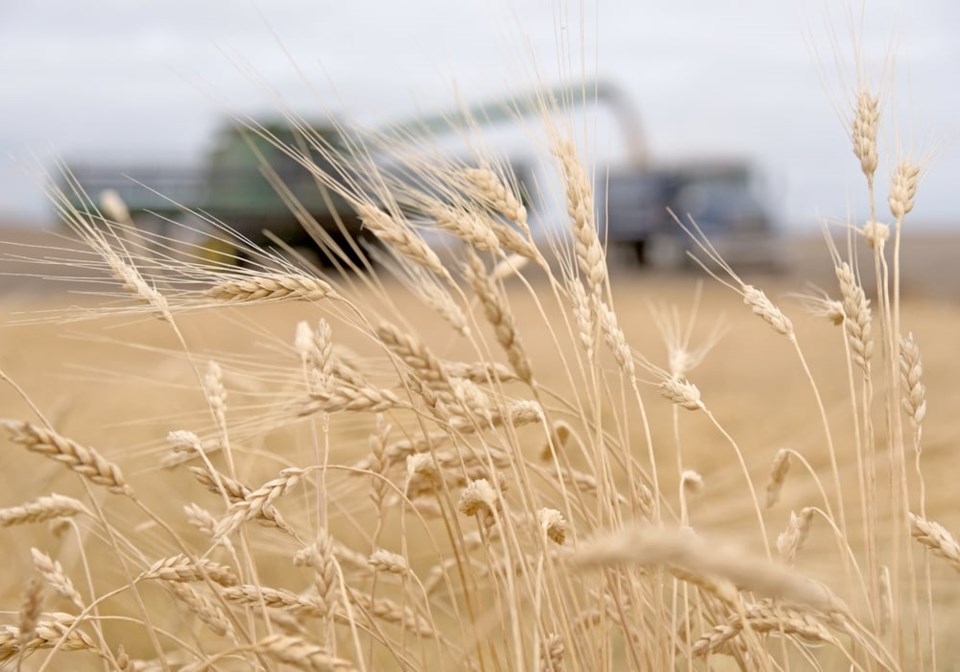It’s a common conversation that Canadian agriculture must innovate to be sustainable, especially while facing increasing pressures from climate change.
But words and actions don’t seem to match up, at least when it comes to new variety development for cereal, pulse and specialty crops.
Consider the shrinking activity of Agriculture Canada research in the area over the last decade. There are now only two Canada western spring wheat breeders employed by the government agency for a crop sown on nearly 20 million acres.
Likewise, federal government incentives seem to shoot at the wrong targets. Oat grower representatives were recently shocked to hear that Ag Canada doesn’t see a direct link between variety development and sustainability. This means no new federal money earmarked to back research and development to reduce greenhouse gases. Presumably this would also apply to publicly funded plant breeders at universities.
As for the private sector, major players are pulling out of Canadian cereals breeding because there is no money to be made, in part due to weak royalty regimes and producers’ preference to reduce their input costs with bin-run seed.
The canola industry found a technical fix to this problem with male-sterile lines. This made hybrid seed possible and allowed seed companies to dispense with technology use agreements. So far, cereal hybrids are still in their infancy, though they hold the tantalizing promise of yield gains that would act as an incentive for robust crop rotation practices.
Innovation in crop breeding rests on the activities of three sets of players: public research, industry research and producer groups. Each brings different strengths and weaknesses to the table.
Government and academic research can go after “big picture” challenges that may not pay off in the short term but provide the foundation for innovation. An obvious example is canola, born of collaboration among university and government researchers.
Another example is lentils, brought to Canada through university research. This valuable option for farmers also helps mitigate climate change by reducing the need for synthetic nitrogen fertilizers derived from fossil fuels.
On the other hand, government institutions tend to be slow moving and not easily able to respond to the rapid demands of the market.
Industry researchers can pick up the ball here. Competition for producer dollars pushes them to offer improved varieties. Demands from the marketplace spur development of varieties tailored to consumer desires. Competitors nipping at market share provide incentive to get new varieties into the field quickly.
As for producer groups, they provide a source of funding for plant breeders and a way for farmers to know they have “skin in the game,” directly invested in the research enterprise. They are also a link to hands-on experience of production in the field, providing vital direction as to the most pressing priorities for variety improvement.
Of course, there is overlap among these three groups — public, private and producer — showing up as collaboration among plant breeders and joint funding arrangements, for example. It has been a strong, productive arrangement but it depends on support that can only come at the federal level.
This means strengthened and stable funding for Ag Canada variety development research. It means a plant breeders’ rights regime that entices industry to develop crops for Canadian conditions.
Finally, it demands a close connection with producer groups to identify and select priorities that achieve government goals on climate change while working to achieve sustainable and profitable production.
Karen Briere, Bruce Dyck, Barb Glen, Michael Robin, Robin Booker, Laura Rance and Mike Raine collaborate in the writing of Western Producer editorials.




